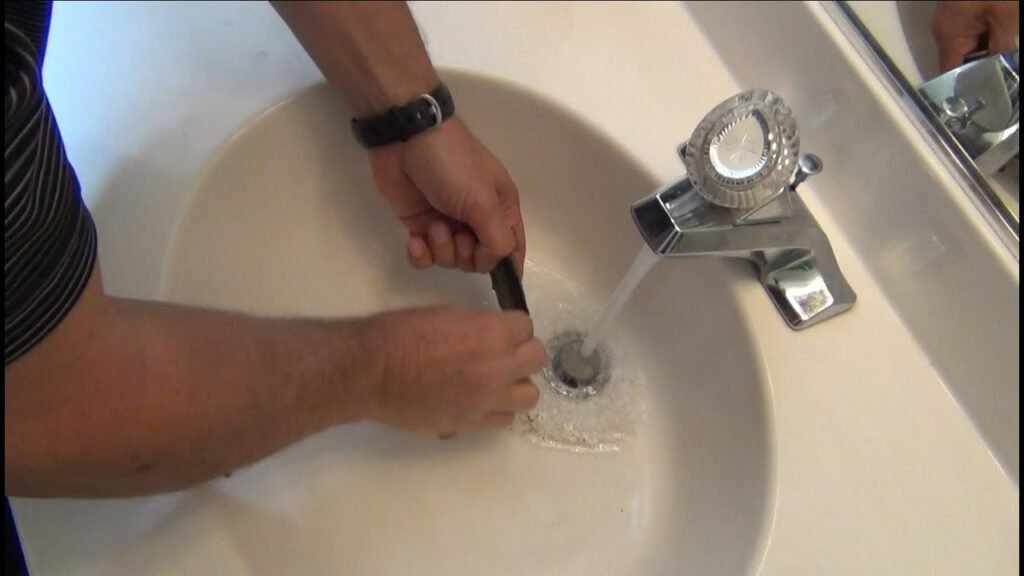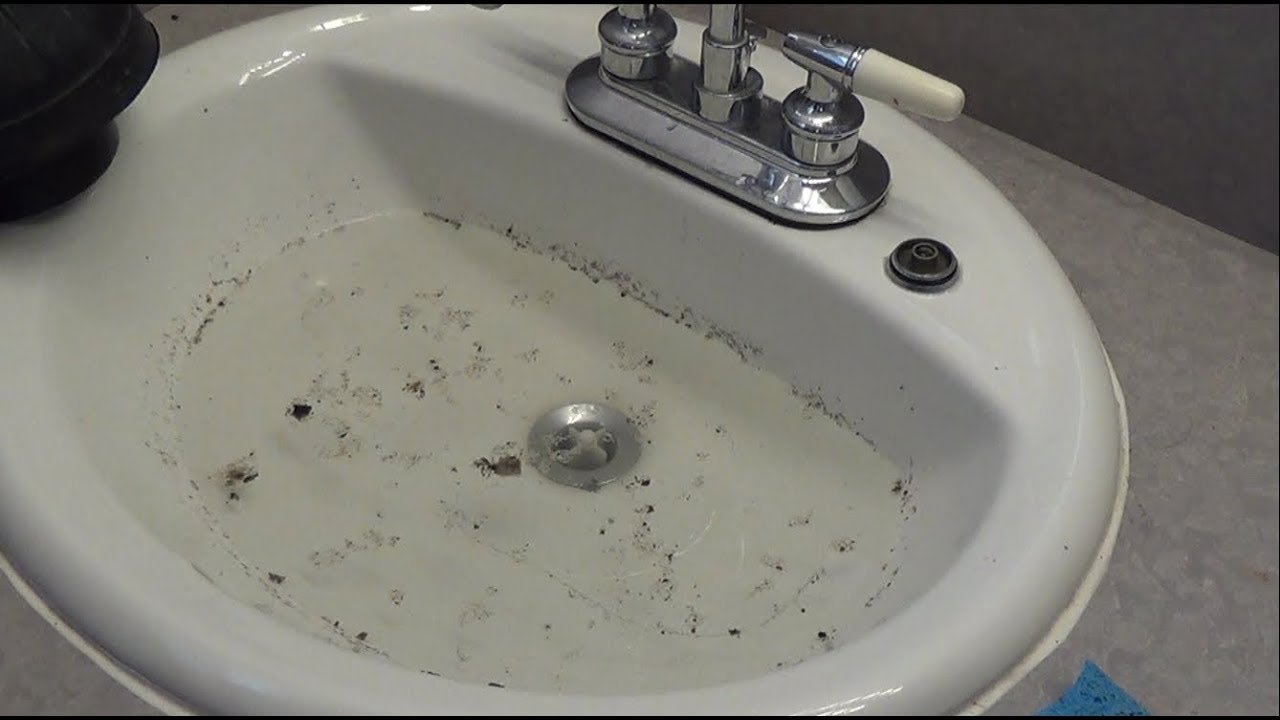Clogged bathroom sinks are a common household issue that can disrupt daily routines. Recognizing the typical culprits behind these blockages is essential in preventing them from occurring. One of the primary reasons for a clogged bathroom sink is hair accumulation. Hair strands often accumulate around the drain, particularly in households with long hair. This accumulation creates a trap for additional debris, making it increasingly difficult for water to flow freely.
Another significant contributor to clogged sinks is soap residue. Many commonly used soaps and body washes contain ingredients that can solidify and combine with hair and other substances. Over time, this mixture hardens and adheres to the pipes, creating a substantial blockage. Toothpaste is also a frequent offender; its components can build up in the sink, contributing to reduced water flow. When rinsing teeth, the remnants often wash down the drain, where they mix with soap and hair, forming a clogged bathroom sink.
Other factors that can exacerbate the problem include the presence of debris such as small objects or even mineral buildup due to hard water. These materials can stick to the inner walls of pipes and, when combined with organic matter like hair and soap, lead to more significant blockages. Over time, the cumulative effect of these substances can make it increasingly challenging to unclog the bathroom sink.
Being aware of these common causes enables homeowners to take preventive measures. Regularly clearing away hair from the sink and using a drain cover can help minimize the amount of debris that enters the plumbing system. Furthermore, using drain cleaners or natural alternatives can assist in breaking down any existing buildup, maintaining a clear and functional drainage system.
Tools and Materials Needed to Unclog Your Bathroom Sink
Successfully unclogging a bathroom sink requires specific tools and materials that can assist in the removal of obstructions. Familiarizing oneself with the necessary equipment can significantly enhance the effectiveness of the unclogging process and empower homeowners to address the issue independently. Below are crucial items to gather.
The first item on the list is a plunger. This tool serves as a primary method for dislodging minor clogs. When using a plunger, it is essential to create a proper seal around the sink drain to generate adequate pressure during the plunging motion. This pressure helps to push the blockage through the pipes.
Another invaluable tool is a plumbing snake, also known as a drain auger. A plumbing snake consists of a long, flexible metal cable that can reach deep into the drain to break apart or grab onto clogs that are beyond the reach of a plunger. Its unique design allows it to navigate bends in the plumbing, thereby offering a solution for more severe blockages.
Additionally, having a bucket on hand is crucial. A bucket can catch any water that may escape from the sink or pipes during the unclogging process, preventing a mess on the floor. It is particularly beneficial when using a plumbing snake, as it helps contain the working area.
For those who prefer DIY methods, common household ingredients such as baking soda and vinegar are effective in breaking down organic blockages. Pouring a mixture of baking soda followed by vinegar down the drain can create a fizzing reaction that may dislodge materials causing the clog.
Equipped with these tools and materials, homeowners can tackle the task of unclogging their bathroom sink with confidence and ease.
Step-by-Step Guide to Unclogging Your Bathroom Sink
Clogged bathroom sinks are a common household issue that can disrupt daily routines. Fortunately, there are several effective methods to unclog bathroom sink that you can undertake before seeking professional help. Below, we outline a step-by-step guide to assist you through the process.
Start by assessing the situation. Gather your tools, including a plunger, a plumbing snake, and a wet/dry vacuum if available. Begin with the most straightforward technique: the plunger. Ensure enough water is in the sink to cover the plunger’s suction cup, then create a firm seal and plunge vigorously several times. This process often dislodges minor clogs, allowing water to drain freely.
If plunging proves ineffective, consider using a plumbing snake. Insert the snake into the drain and turn the handle to navigate through the pipes until you encounter the clog. Continue pushing the snake forward to break up the obstruction, and then pull the debris out when you withdraw the snake. This technique is particularly useful for more stubborn blockages.
Another tool at your disposal is a wet/dry vacuum. Set the vacuum to liquid mode, sealing the hose around the sink drain. This approach is beneficial for extracting debris that may be causing the blockage, such as hair and soap residue. The vacuum’s powerful suction can often remove the clog quickly.
Regardless of the method employed, safety precautions are paramount. Always wear gloves to protect your hands from chemicals and debris. If you plan to use chemical drain cleaners, ensure proper ventilation and follow the manufacturer’s instructions closely.

Should complications arise, such as persistent clogs or slow drainage, do not hesitate to consult a professional plumber. With the right approach, however, many homeowners can successfully unclog bathroom sink using these methods, restoring functionality with minimal effort.
Preventative Measures to Keep Your Bathroom Sink Clear
Maintaining a clear bathroom sink not only enhances the aesthetics of your space but also prevents inconvenient clogs from interrupting your daily routine. To avoid the stress of dealing with a clogged bathroom sink, homeowners can implement several preventative measures. One of the most effective strategies is to establish a regular cleaning routine. This involves weekly inspections of the sink, faucet, and drain, ensuring that any debris is removed promptly. Using a mixture of vinegar and baking soda can help to keep the drain clean and reduce the risk of buildup over time.
Another practical step is to install drain guards or screens. These simple devices can catch hair and other debris before they enter the plumbing system, significantly reducing the likelihood of clogs. It is essential to regularly empty and clean these guards to maintain their efficacy. Being mindful of what goes down the sink is also crucial; avoid rinsing off products that can contribute to clogging, such as soap residue, dental floss, or food particles. Encouraging family members to follow these guidelines can create a collaborative effort in maintaining a clear bathroom sink.
Scheduled maintenance checks can play a vital role in preventing sink issues. Homeowners should periodically assess the condition of their plumbing and inspect for any potential weak points. If there are persistent issues or signs of clogging, enlisting the aid of a professional plumber is advisable. Trained specialists can provide insights and perform routine maintenance, ensuring that your plumbing systems remain in optimal condition. By integrating these preventative measures, you can enhance the longevity of your bathroom sink, saving time, money, and frustration in the future.

